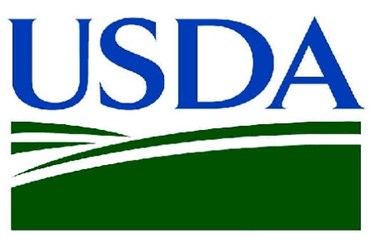USDA Establishes More-Stringent Poultry Standards
By Laurel Maloy, contributing writer, Food Online

Poultry is a mainstay of the American diet, but is also the source for two of the top five pathogens contributing to illness, hospitalization, and death in the U.S.
According to a report from the Centers for Disease Control and Prevention (CDC), Salmonella is the second-most dangerous foodborne pathogen resulting in food poisoning. Salmonella, though, is the number one cause for hospitalizations related to foodborne illnesses and for food-related deaths. Not far behind is Campylobacter, resulting in 9 percent of all illnesses, 15 percent of hospitalizations, and 6 percent of the deaths associated with foodborne illnesses. Poultry products are a primary source for both of these pathogens.
On Wednesday, January 21, 2015, the U.S. Department of Agriculture’s (USDA) Food Safety and Inspection Service (FSIS) proposed new, less-forgiving standards, as part of its Salmonella Action Plan (SAP). Launched in December of 2013, the plan has resulted in the modernization of poultry slaughter, which is expected to lead to at least 4,286 fewer Salmonella illnesses per year in the U.S. The SAP further sets forth FSIS’ plan for test sampling and for developing new, in-plant strategies for poultry. It also addresses pork as it is also a primary source for Salmonella infections.
Agriculture Secretary, Tom Vilsack, estimates the new and improved measures could prevent tens of thousands of foodborne illnesses annually. The Deputy Under Secretary of Food Safety, Al Almanza, agrees that these measures will have a “major impact on public health.”
In 1996, FSIS first attempted to stem the tide of poultry-based food poisoning by setting stricter standards for whole chicken carcasses. Since that time, studies have shown that contamination increases as raw chicken is processed, prompting the heightened awareness for more rigorous controls.
The newest testing standards will target poultry parts, such as breasts and wings, as well as ground poultry products. These turkey and chicken products comprise about 80 percent of the chicken Americans purchase. According to FSIS, regulatory testing will occur at a point closer to the end of production, rather than at the beginning. FSIS will also implement a routine sampling strategy encompassing testing throughout the year, rather than the less-frequent sampling that now occurs on consecutive days. This more-frequent and unscheduled testing will determine if a facility’s processes are actually effectively reducing both Salmonella and Campylobacter contamination.
FSIS’ proposed strategies for pathogen reduction are expected to result in a 30 percent reduction in Salmonella-related illnesses and a 19 to 37 percent decrease for Campylobacter. Utilizing science-based risk assessments, FSIS estimates an average of 50,000 foodborne illnesses can be prevented annually.
Sometimes referred to as the USDA’s Filthy Chicken Rule, this subject has been hotly debated. The regulating agencies have been publicly lambasted, even when trying to do the right thing. You have the opportunity to voice your opinion here through March 16, 2015. Comments will be evaluated, with the final performance standards expected to be implemented this spring.
